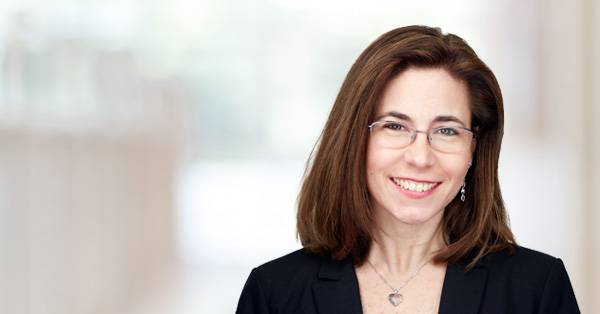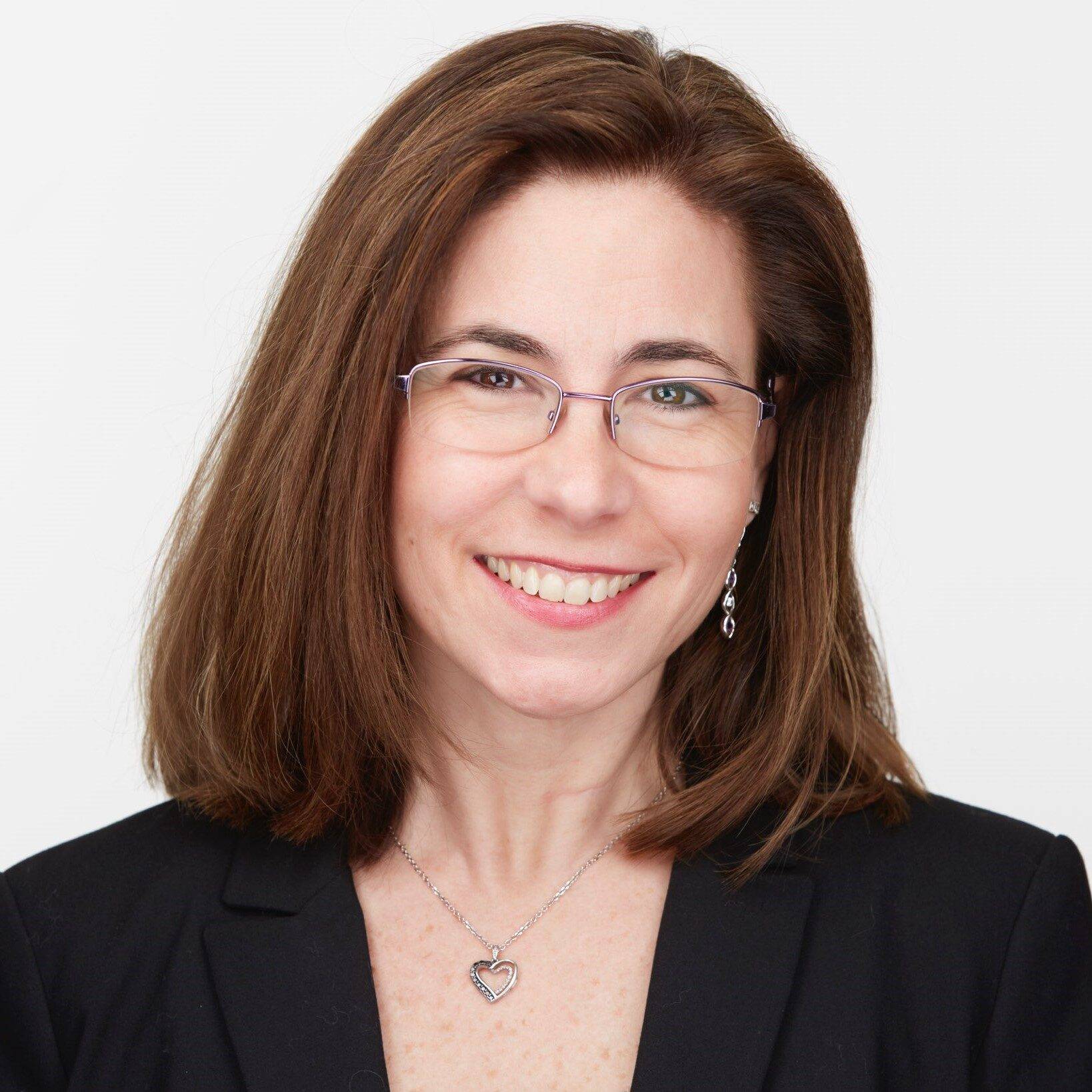- Solutions
- Solutions
- Home Health
- Hospice
- Life Plan Community
- Palliative Care
- Private Duty
- Senior Living
- Skilled Nursing
- Skilled Nursing
- Skilled Nursing Software
- Advanced Insights
- Customer relationship management
- Data and analytics
- Financial & operations management
- Marketing
- Nutrition management
- Referral management
- Regulatory compliance
- Retail management
- Resident engagement
- Revenue cycle management
- Skilled nursing interoperability
- Partners
- Blogs
- Resources
- About
- User Conference

Mobile workforce empowerment: Modern tools for senior and home-based care
Staffing shortages have long plagued the senior and home-based care industries, but digital tools are delivering modern solutions.
Senior and home-based care organizations may offer different services, but they have similar operational challenges. Both are asked to do more with less, even as resident and patient needs grow more complex and regulatory requirements increase.
But while we can’t magically conjure more staff, we can rethink how we support those we do have.
The answer is mobile technology designed to streamline communication, improve efficiency, and ease the daily strain on staff. In this blog, we explore what happens when workforce empowerment tools are thoughtfully implemented.
The power of mobility: Tools that move with your staff
Caregiving isn’t a desk job. Clinicians and other frontline staff are constantly on the move visiting patients and checking in on residents.
When they need to chart something, look up a health condition, or check in with a colleague, stopping everything to return to a computer is as inconvenient as it is inefficient.
Mobile workforce apps solve this problem by putting essential tools right in clinicians’ pockets. Imagine being able to instantly:
- Pull up medical history
- Log care as it’s delivered, instead of hours later from memory
- Receive a task update from a colleague in real time
- Communicate with the care team or families without leaving the resident or patient
This on-the-go access helps staff focus more on care and less on technology. It also reduces errors caused by delays in documentation or incomplete information.
These tools go beyond convenience. Research shows clinicians spend up to 35% of their time documenting and another 15% searching for information. That’s half a shift spent away from residents. Reducing this burden gives staff more time for meaningful interactions, which is a win for everyone.
Training that’s relevant and empowering
Onboarding and training can feel like a revolving door in senior and home-based care, where turnover is high. Staff are often thrown into the deep end with minimal orientation, expected to “figure it out” on the fly.
The answer? Training that’s accessible, bite-sized, and relevant to the work at hand. It should also be intuitive enough that formal training becomes nearly unnecessary, due to familiarity with consumer-grade mobile applications.
Whether it’s how to complete a task in the EHR or a refresher on protocols, on-the-go learning opportunities help new hires get up to speed and help seasoned staff stay sharp.
And it goes beyond efficiency. Empowered employees who feel confident in their roles and supported by their tools are more likely to stay. In a field where burnout is real and retention is tough, that’s no small thing.

Smarter scheduling with artificial intelligence
Burnout isn’t just about long hours. It’s also about the emotional toll of feeling stretched too thin.
AI-powered scheduling tools can help solve this by analyzing staffing needs, employee preferences, historical trends, and even last-minute callouts to create optimized schedules. The result? Better coverage, fewer gaps, and a fairer distribution of shifts.
When staff can trust their schedules (and their workload), they’re more likely to feel valued and stay engaged.
Communication for everyone (including families)
One of the biggest drains on time? Communication. Not because it isn’t important, but because it often happens in inefficient ways including missed calls, endless voicemails, and handwritten notes that never get delivered.
Mobile communication tools solve this by centralizing conversations in one secure platform. They also allow staff to communicate with families through messages that include read receipts and delivery confirmations. This reduces phone tag and supports compliance.
Care teams no longer have to guess whether a message got through. Families no longer have to wonder what’s happening. Everyone’s on the same page, and that peace of mind matters.
Breaking through the barriers of technology adoption
No technology is helpful if it sits unused. Senior care facilities and home-based care organizations may face several obstacles when implementing mobile tools:
- Device restrictions: Some organizations prohibit personal phones. In these cases, shared, locked-down mobile devices with medical-grade durability can be deployed instead.
- Security concerns: It’s essential that mobile tools meet regulatory requirements including safeguards like multi-factor authentication and data access controls.
- Cultural resistance: There’s often a lingering perception that phones equal distractions. Leadership can combat this by clearly defining expectations and demonstrating how the technology supports care.
The most successful implementations treat mobile tools as standard-issue, not optional. They’re built into workflows from day one, introduced during onboarding, and normalized across care teams.
Demonstrating ROI with workforce tools
When adding new tools to your technology stack, there is one inevitable question: What’s the return on investment?
Fortunately, there are multiple answers:
- Time savings: Shaving time off each shift by streamlining documentation and communication adds up quickly.
- Reduced risk: Avoiding a single PHI breach (which can cost hundreds per record and damage trust) may justify the platform entirely.
- Staff empowerment: Happier staff and families reduce turnover and complaints, ultimately impacting the bottom line.
- Modern expectations: Today’s family caregivers expect digital access. Offering a secure, seamless experience can enhance your organization’s reputation and competitive edge.
Empower staff with MatrixCare
Mobile workforce empowerment tools are no longer just nice to have. They’re essential for modern care. When staff are equipped with the right tools, they’re more efficient, more confident, more connected, and more focused on what really matters: residents and patients.
And speaking of residents and patients, 53% of seniors said they prefer to have their healthcare needs managed by a mix of technology and medical staff. Digital tools are the need and we have the solution.
With MatrixCare, organizations get a comprehensive solution that optimizes every aspect of your business. It centralizes communication, boosts workflow efficiencies, and ensures that families stay informed about the health and well-being of their loved ones.
These are just a few of the MatrixCare tools that can transform your technology stack:
- Real-time reconciliation of medication with access to pharmacy history to help prevent errors and expedite reconciliation at the point of care
- Speech-to-text functionality with a full medical dictionary for voice-enabled documentation that saves time and paints a more complete picture of care
- Built-in compliance support with embedded alerts and automated workflows to simplify documentation at the point of care versus after hours
- Secure communication with patients and residents and their families to keep everyone informed about changes in health status and send messages securely
- Enhanced care delivery with an innovative mobile care management ecosystem that improves care coordination among care teams and families
- Actionable dashboard with high-level data or detailed information to let users customize their visibility
The future of care is where technology supports, rather than disrupts, the human touch. Because at the end of the day, empowered staff create better outcomes for residents and patients, for families, and for their entire organization.
Request a demo today for a closer look at MatrixCare.
Lee Kilmer
Lee Kilmer serves as the Vice President, Product Management at MatrixCare. Lee started at MatrixCare in June of 2016 and has over 24 years of experience leading global software development and product management teams with a proven track record for setting product strategy and delivering new innovative software solutions to market. Lee currently resides in the Greater Minneapolis-St. Paul Area.
Related Posts



See MatrixCare in action
Start by having a call with one of our experts to see our platform in action.
MatrixCare offers industry-leading software solutions. Thousands of facility-based and home-based care organizations trust us to help them improve efficiency and provide exceptional care.
© 2025 MatrixCare is a registered trademark of MatrixCare. All rights reserved.




